Key Highlights
- Final Fantasy 16 by Square Enix transforms the classic RPG formula into a robust, action-based adventure, led by Clive Rosfield’s emotional quest.
- The world of Valisthea, rich in lore, juxtaposes lifeless deadlands with regions thriving on abundant aether and the fading power of Mothercrystals.
- Combat features a blend of Devil May Cry-inspired swordplay and eikonic abilities, offering thrilling boss fights and dynamic upgrades.
- Mature themes such as power, prejudice, and family drive the story’s emotional impact.
- Striking visuals and a powerful musical score immerse you in cinematic sequences and environmental soundscapes.
- Widely recognized as a game of the year contender, FF 16 stands out for its innovative gameplay and memorable characters.
Introduction
Final Fantasy XVI marks a bold new chapter for Square Enix’s legendary franchise. If you’re seeking a journey through gods and monsters, this game delivers with relentless action, captivating storytelling, and a world that feels alive at every turn. The experience is a departure from traditional Final Fantasy titles, swapping turn-based battles for fluid, action-packed combat, while building upon rich lore that fans adore. Whether you’re new to the series or a longtime devotee, Final Fantasy 16 promises a compelling adventure you won’t soon forget.
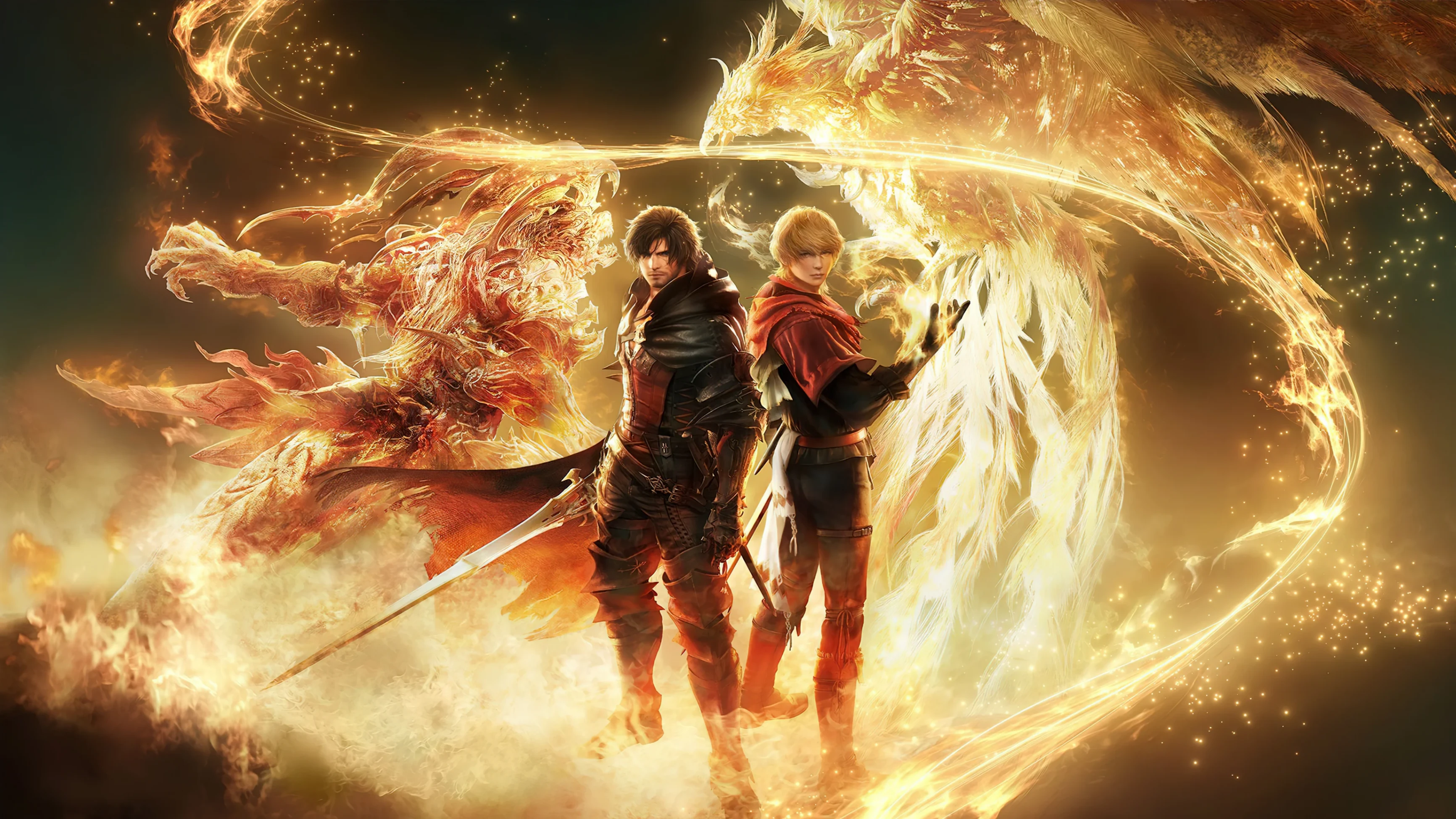
Exploring the Mythical World of Valisthea in FF 16
Step into the world of Valisthea—a land torn between hope and despair, where everyday lives unfold beneath the shadow of Mothercrystals and the creeping Blight. On one hand, you’ll find vibrant regions brimming with abundant aether; on the other, lifeless deadlands where magic’s last flickers dim. These contrasts create a landscape reminiscent of Game of Thrones, filled with intrigue, political struggle, and moments of unexpected kindness.
Everyday existence in Valisthea revolves around surviving the harsh realities of the Blight and resource scarcity. The game’s environments echo these struggles, making each area’s atmosphere pivotal to its overarching narrative and emotional beats.
Unique Landscapes and Lore
Valisthea’s world map is a tapestry of contrasts, blending regions of lush abundance with severe, lifeless deadlands. As you travel across areas of the game, you’ll notice:
- Mothercrystals tower over the landscape, granting magicks to those nearby and serving as focal points for conflict.
- Deadlands showcase the devastation wrought by the Blight, leaving once-prosperous territories barren and hopeless.
- Towns, hidden enclaves, and war-torn fields each contribute to the broader lore, painting a picture of a continent in crisis.
- The final flickers of the mothers—the fading power of the Mothercrystals—mark the desperation of societies clinging to survival.
Are the gods and monsters based on real mythology? While many creatures draw inspiration from mythological archetypes, Square Enix’s design blends original concepts with familiar echoes, crafting legendary beings unique to Final Fantasy 16’s world.
Gods, Eikons, and Legendary Creatures
The gods and monsters of Valisthea, known as Eikons, aren’t just ancient legends—they’re living, breathing forces within the world. Eikonic abilities shape the very fabric of conflict, with creatures like Garuda and Shiva standing out as titanic presences. These legendary creatures are central to the main storyline, each with unique magicks and transformative powers.
Battles involving Eikons are more than spectacles; they’re a crucial part of gameplay evolution. Controlling Clive, you’ll harness these powers for epic confrontations, blending mythological inspiration with inventive mechanics. Are the gods and monsters based on real mythology? While Garuda and Shiva have roots in global myths, their presentation here is distinct—a fusion of Final Fantasy tradition and new storytelling.
The presence of these deities and legendary beasts adds weight to the journey, pushing both the characters and the world toward dramatic change.
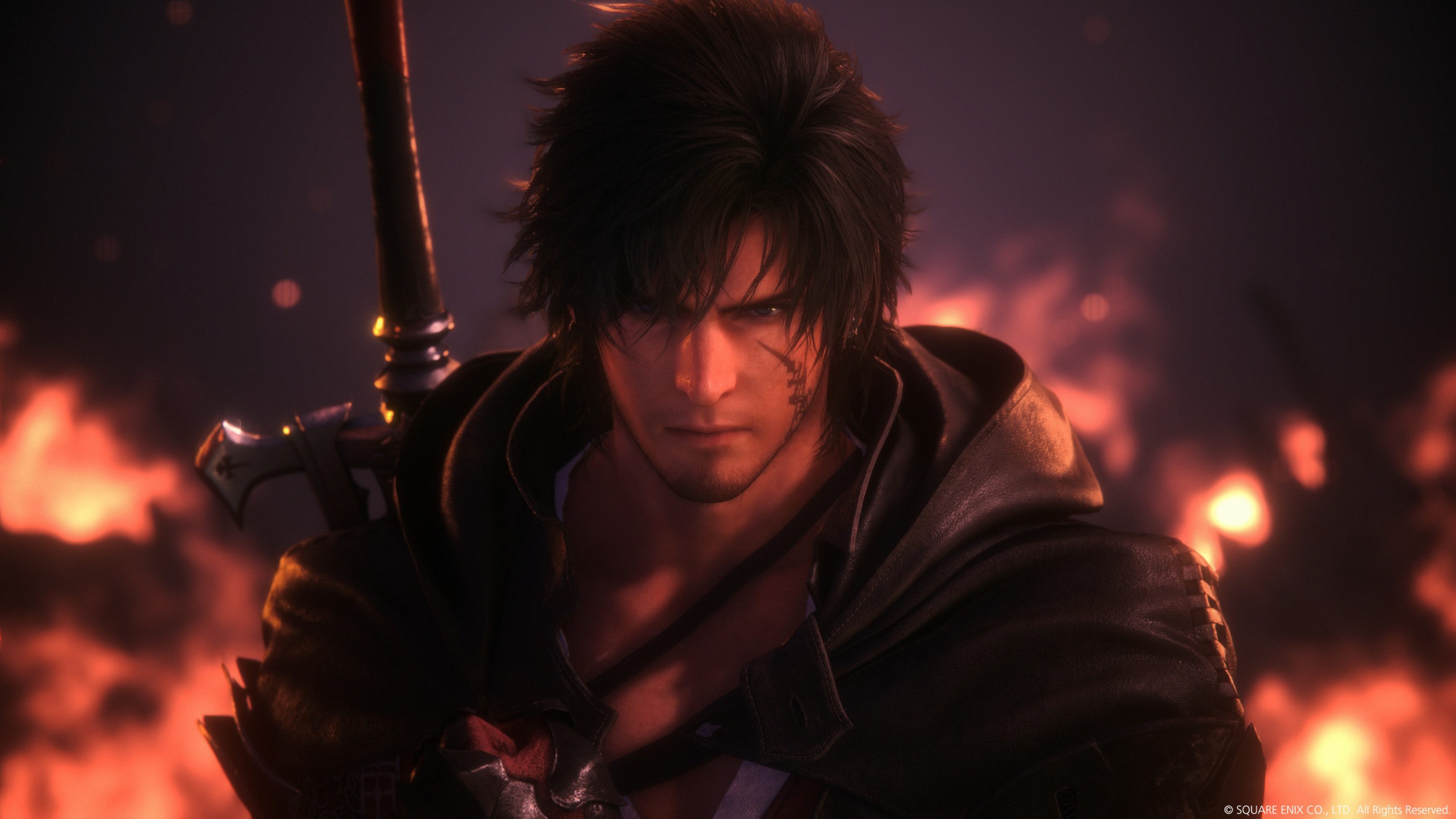
Main Characters and Their Transformative Arcs
The heart of FF 16 lies in its unforgettable cast. Clive Rosfield shines as the protagonist, his journey intertwined with those of his younger brother Joshua, steadfast Jill, and enigmatic Cid—brought to life by Ben Starr’s remarkable performance. Their stories, steeped in revenge and the legacy of the crystals, offer depth and complexity reminiscent of Devil May Cry’s intense character arcs.
Relationships evolve over time, with each character’s arc impacted by the relentless trials and triumphs they face together.
Clive Rosfield’s Journey
Clive Rosfield’s quest is a masterclass in character-driven storytelling. At first, he’s driven by revenge, his motives shadowed by family tragedy. But as you guide him through the main game, Clive’s motivations shift—he discovers a purpose beyond vengeance, fighting for the freedom of Bearers and the legacy of the crystals.
The subplot surrounding Clive’s transformation is intricately woven, with each major plot beat revealing layers you may not expect. His evolution from a brooding soldier to a leader who embraces the mantle of Cid is both believable and emotionally impactful. “The legacy of the crystals has shaped our history for long enough,” as the game’s tagline proclaims—a sentiment echoed throughout Clive’s arc.
Do I need to play previous Final Fantasy games before FF16? The story stands alone, so you can jump in without prior knowledge, though veterans may appreciate subtle references to the franchise’s legacy.
Allies, Antagonists, and Mystical Beings
Clive’s journey isn’t walked alone. Jill, his childhood friend and romantic interest, provides emotional support and resilience, even as her own arc remains partly underexplored. Cid, charismatic and revolutionary, mentors Clive and propels the plot forward. Antagonists like Benedikta add tension, though some, like Dion, reveal deeper layers only as the narrative unfolds.
- Allies such as Byron, Mid, Otto, and Gav become more vibrant as Clive’s relationships grow.
- Antagonists introduce necessary conflict, but their development is sometimes secondary to Clive’s progression.
- Mystical beings, from legendary Eikons to the enigmatic Dominants, populate side quests and enrich the tapestry of the story.
Do I need to play previous Final Fantasy games before FF16? Not at all—Final Fantasy XVI crafts its own saga, welcoming new players while offering subtle nods for returning fans.
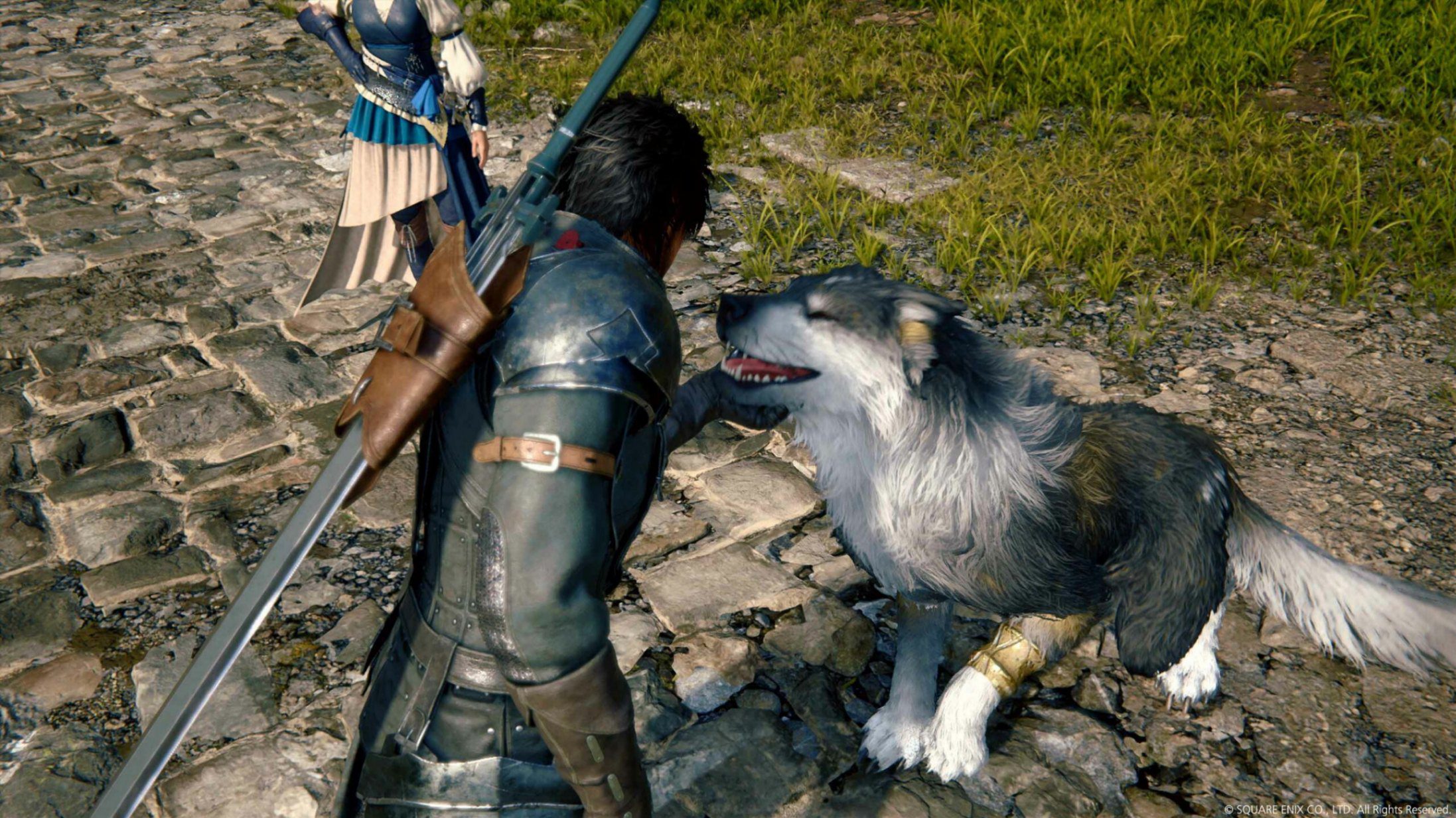
Gameplay Experience and Combat Evolution
FF 16 reimagines combat with an action-based battle system, trading turn-based mechanics for fast-paced swordplay and eikonic abilities at your disposal. Every upgrade feels meaningful, allowing you to customize Clive’s skills and powers for a combat experience that evolves as you progress. The game of war concept runs deep, with fluid transitions between battles and story moments.
Upgrades and strategic choices play a critical role, ensuring each skirmish remains thrilling and rewarding.
Action-Based Battle System
The action-based battle system in FF 16 is a game-changer. Drawing inspiration from Devil May Cry, it places you squarely in real-time combat, relying on reflexes and combo mastery rather than traditional RPG tactics. Every encounter encourages experimentation, letting you mix swordplay techniques with quicktime events and cinematic flourishes unique to the Final Fantasy series.
You’ll only control Clive during battle, while allies are AI-driven—a significant departure from previous games. This focus streamlines the experience, making battles more personal and intense. Trouble choosing skills? The system’s intuitive design helps you find your flow, adjusting abilities and accessories to best suit your style.
How does FF16 differ from other action RPGs? Its blend of cinematic spectacle, single-character focus, and deep skill customization set it apart, creating a dynamic action RPG that feels fresh yet familiar.
Integration of Powers and Summons
Eikonic abilities are the backbone of combat, transforming Clive into a powerhouse capable of wielding magicks drawn from legendary creatures like Shiva and Garuda. As you progress, upgrades unlock new powers and combos, letting you tailor your loadout for maximum impact.
Summons in Final Fantasy XVI aren’t just tools—they’re extensions of the narrative. Whether channeling god-like abilities or unleashing devastating attacks reminiscent of God of War, the integration of powers is seamless and exhilarating. Each new Eikon powerset enables creative strategies, especially during the game’s larger-than-life boss battles.
How does FF16 differ from other action RPGs? The ability to mix and match Eikonic skills, paired with beautifully animated magicks, delivers a sense of agency and spectacle rarely seen in the genre.
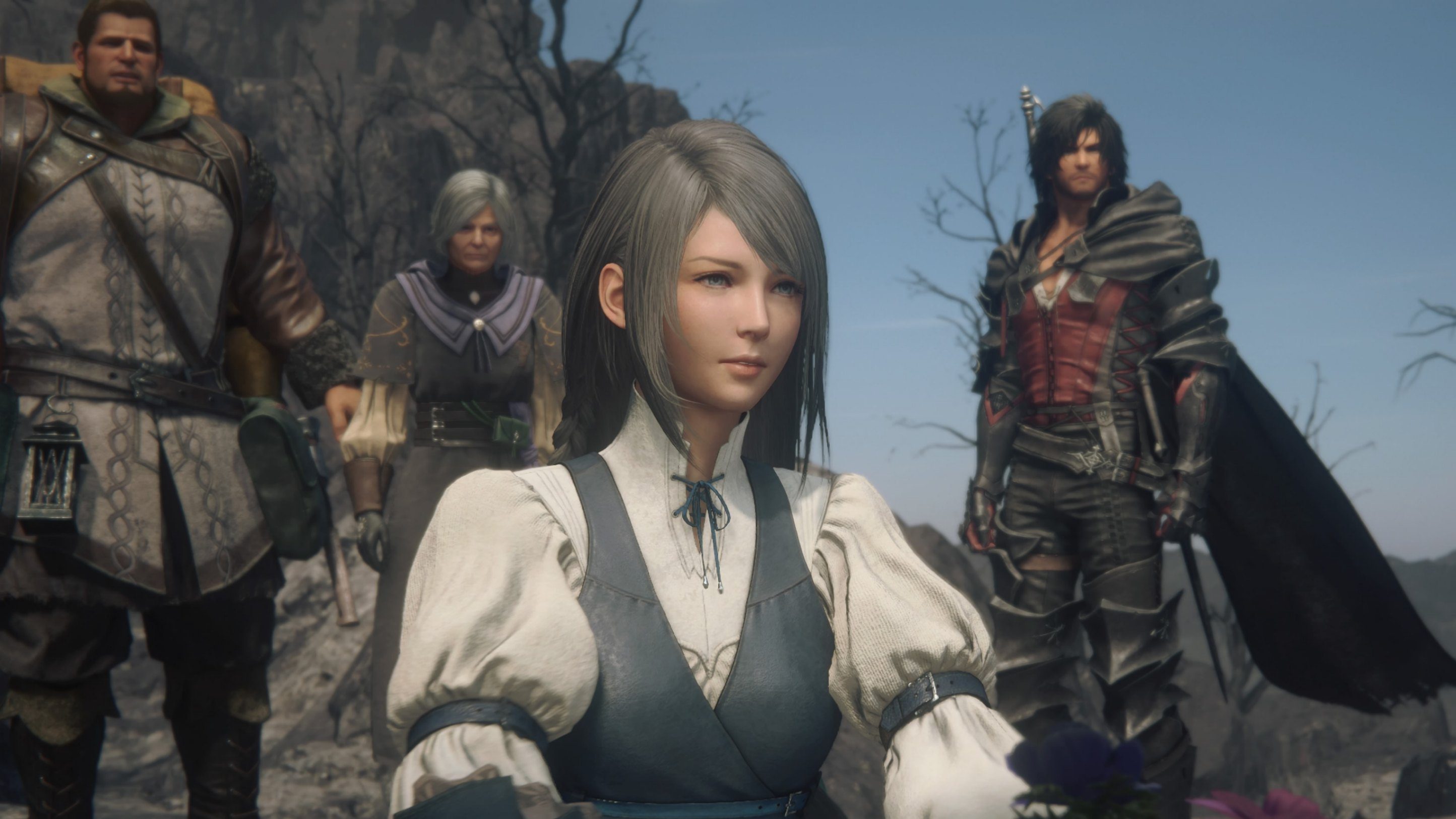
Narrative Power—Storytelling, Themes, and Emotional Impact
Storytelling in FF 16 is both epic and deeply personal, tackling mature themes through high-stakes plot beats and emotional key plot twists. The progression of the narrative hinges on choices and consequences, making each moment resonate. Complex subplots weave throughout, addressing revenge, power, and the haunting legacy of the crystals.
Every decision impacts the journey, amplifying the emotional stakes and keeping players invested in the unfolding saga.
Mature Themes and Key Plot Twists
Final Fantasy XVI doesn’t shy away from mature themes. Whether confronting the Blight, the oppression of Bearers, or the cost of revenge, each plot beat carries emotional weight. The narrative echoes societal commentary—prejudice, slavery, and the struggle for freedom are ever-present.
|
Theme |
Example in FF16 |
Emotional Impact |
|---|---|---|
|
Prejudice/Slavery |
Bearers viewed as disposable, denied basic rights |
Sympathy, calls for justice |
|
Revenge |
Clive’s early quest for vengeance |
Conflict, growth |
|
Family Bonds |
Rosfield brothers’ relationship |
Love, loss |
|
Power Struggles |
Mothercrystals’ political control |
Tension, ambition |
|
Redemption |
Clive’s transformation and new purpose |
Hope, catharsis |
Do I need to play previous Final Fantasy games before FF16? No—the themes, twists, and emotional arcs stand on their own, making this a complete experience for newcomers.
Choices, Consequences, and Story Progression
Choices matter in FF 16, whether they’re narrative decisions or combat strategies. The story progression sees Clive navigating tough consequences, each subplot adding layers to the world and its characters. From confronting the legacy of the crystals to forging alliances, the journey is shaped by the paths you take.
Consequences ripple throughout the plot, driving emotional impact and pushing characters toward growth or tragedy. The subplot surrounding the Bearers, for instance, exemplifies how individual acts can spark societal change.
Do I need to play previous Final Fantasy games before FF16? You don’t—every story beat is crafted for new and old players alike, ensuring your adventure feels complete and resonant.
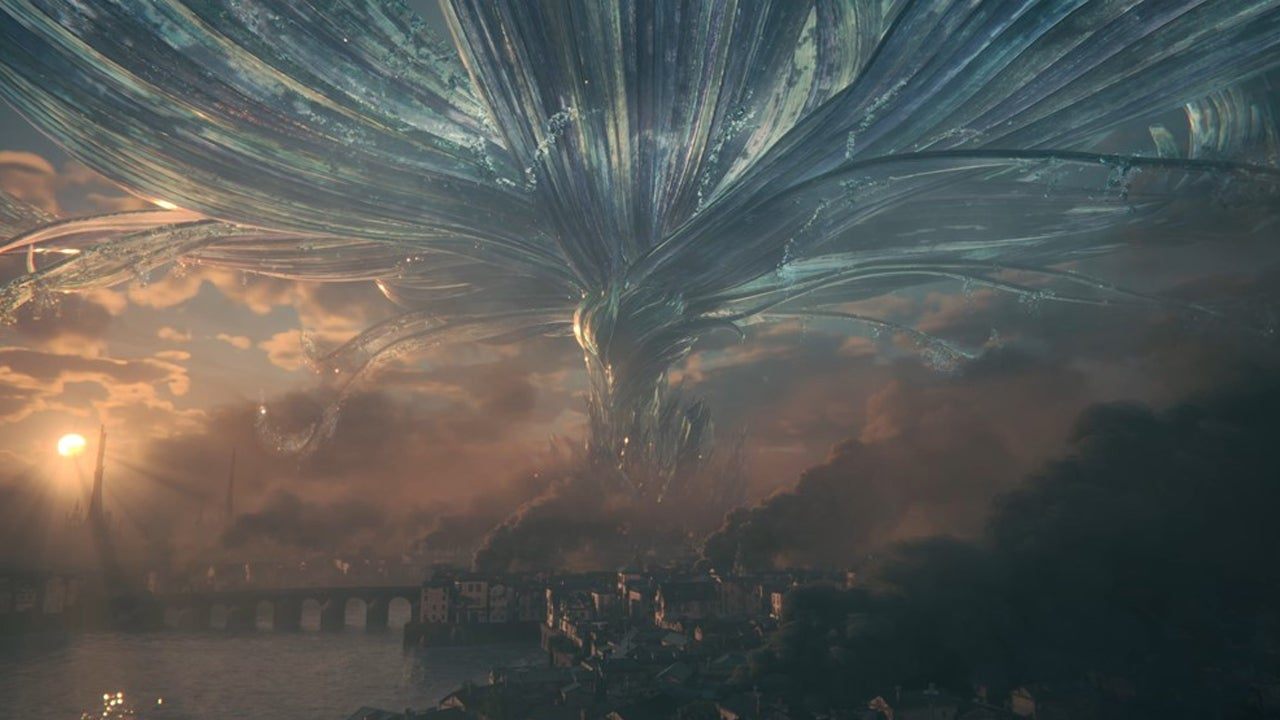
Visuals, Soundtrack, and Immersive Design
Art direction in FF 16 sets a new standard for cinematic sequences, with every cutscene meticulously crafted to draw you deeper into the world. The visual presentation varies by platform, but key moments shine with stunning detail. Musical scores and environmental soundscapes elevate the experience, turning battles and story beats into unforgettable set pieces.
It’s a sensory feast—from the sweeping orchestral soundtrack to the atmospheric background sounds that populate each region.
Art Direction and Cinematic Sequences
Square Enix’s art direction in FF16 brings medieval fantasy to life, blending stylized environments with breathtaking cinematics. Cutscenes on PlayStation and PC platforms are visually striking, immersing you in every dramatic moment. The UI and graphical effects, especially during battles, showcase the game’s attention to detail.
While some NPC models lack polish, the main cast stands out, benefitting from high-quality animation and expressive design. Cinematic sequences, whether in combat or narrative interludes, are seamlessly integrated—making each victory, setback, and revelation feel monumental.
How does FF16 differ from other action RPGs? The interplay of art direction and cinematics, combined with narrative-driven cutscenes, crafts a unique blend of interactive storytelling and visual grandeur.
Musical Score and Environmental Soundscapes
The soundtrack in Final Fantasy XVI is nothing short of breathtaking. Composed by Masayoshi Soken, it moves between haunting piano melodies and thunderous orchestral pieces, enhancing every emotional beat and action sequence. Tracks like “My Star” exemplify the game’s capacity for emotional resonance, earning it widespread acclaim as a game of the year contender.
Environmental soundscapes complement the musical score, immersing you in Valisthea’s everyday lives—from bustling towns to eerie deadlands. The voice acting, led by Ben Starr’s passionate portrayal of Clive, sets a high bar for narrative immersion.
How does FF16 differ from other action RPGs? Its combination of evocative soundtrack and atmospheric sound design transforms gameplay into an experience both auditory and emotional, making every battle and plot twist unforgettable.
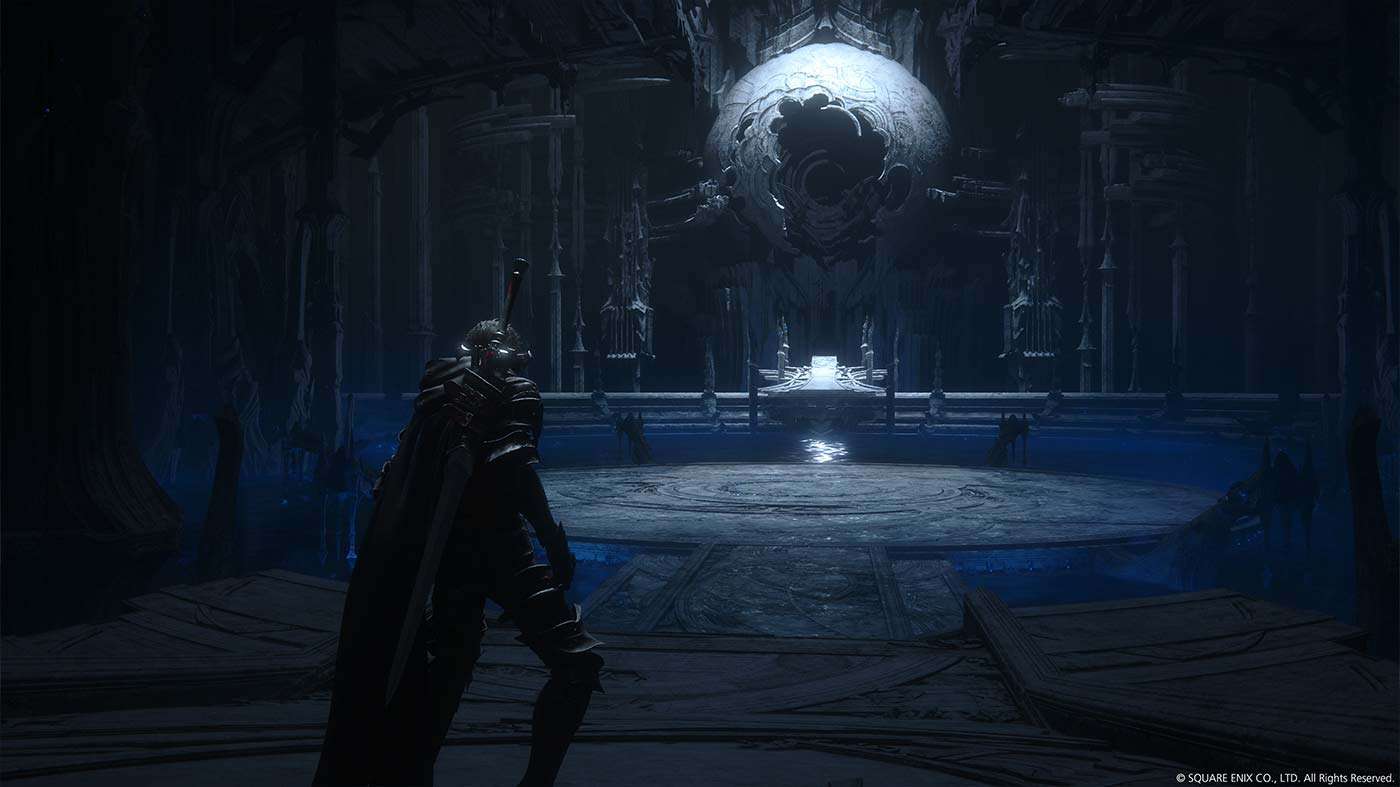
Reception and Comparison to Previous Final Fantasy Titles
FF 16 has garnered critical acclaim for its innovative approach, cementing its place among top final fantasy games. The blend of action RPG mechanics and engaging storylines stands out, though some fans debate its shift from classic formats. The PC release brought new players, while DLC expansions like Rising Tide and Echoes of the Fallen extend its legacy.
Compared to earlier entries, FF16’s advancements in combat and narrative design mark a significant step forward for Square Enix.
Critical Acclaim and Player Reactions
Reception for FF 16 has been overwhelmingly positive. Critics praise its mainline innovations, combat evolution, and memorable cast—especially Ben Starr’s performance as Clive. The PlayStation and PC releases bring distinct experiences, though visual performance may vary with hardware.
Player reactions range from excitement over the action-based battle system to nostalgia for traditional RPG elements. Many applaud the game’s emotional intensity and epic boss fights, calling it a standout title in the series.
How does FF16 differ from other action RPGs? Its emphasis on story-driven, single-character gameplay—paired with cinematic spectacle—sets it apart, earning accolades across platforms.
Innovations Compared to Earlier Entries
Final Fantasy XVI introduces several groundbreaking features:
- The remake-inspired active combat system, reminiscent of Devil May Cry, replaces turn-based battles for immediate, reflex-driven action.
- Story-focused design, supported by expansions like Rising Tide and Echoes of the Fallen, delivers ongoing content and character development.
- Dynamic integration of eikonic abilities allows for unprecedented customization and strategic play, making each encounter feel fresh.
These innovations differentiate FF16 from earlier mainline entries like Final Fantasy VII, pushing the boundaries of RPG storytelling and gameplay. Fans of the franchise will appreciate both the nods to tradition and the bold changes that define this unforgettable adventure.
How does FF16 differ from other action RPGs? The fusion of cinematic gameplay, emotional narrative, and inventive mechanics elevates it above genre conventions.
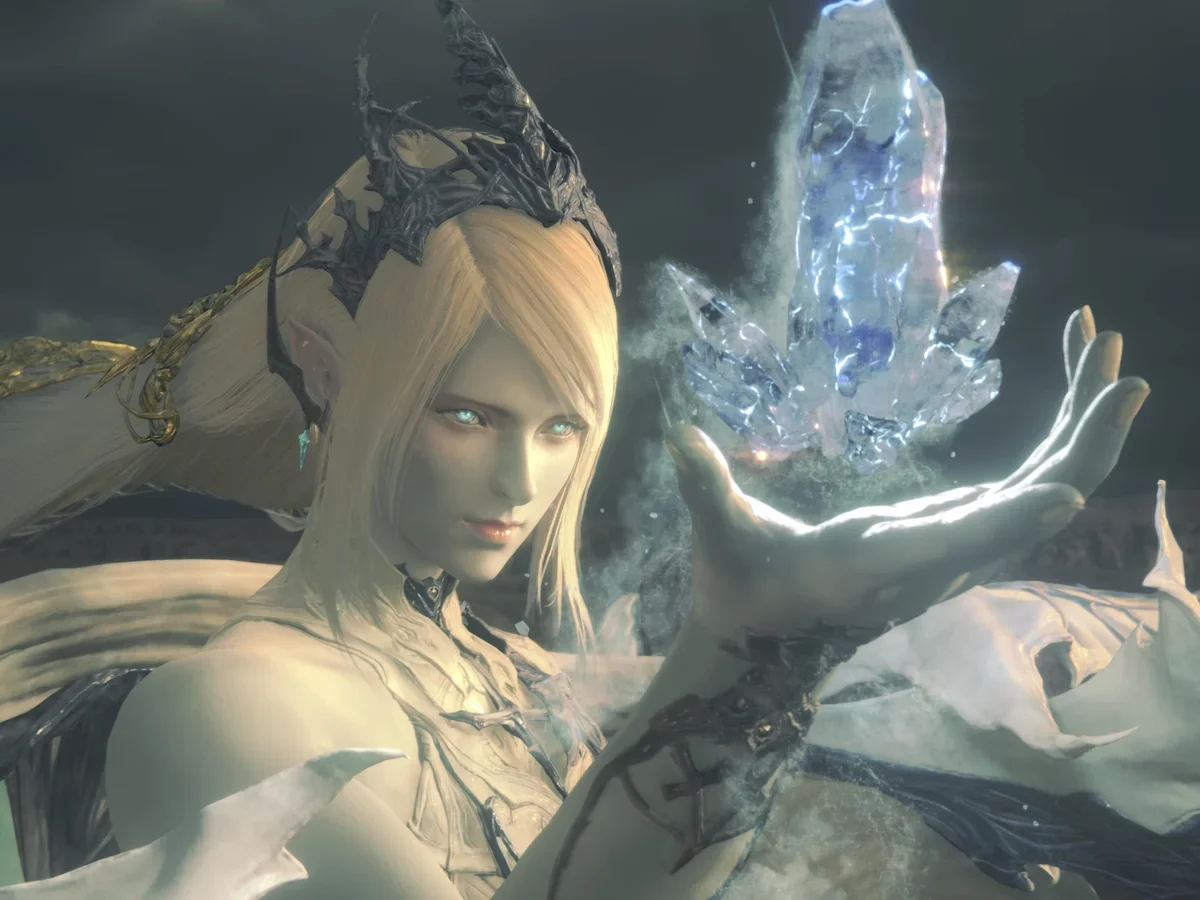
Conclusion
In conclusion, FF 16 offers a rich tapestry of storytelling, character development, and innovative gameplay that resonates deeply with both newcomers and long-time fans of the franchise. The game’s intricate world of Valisthea invites players to explore mythical landscapes, engage in dynamic combat, and forge emotional connections with its characters. As you journey through this captivating narrative filled with mature themes and unexpected twists, you’ll find yourself fully immersed in its artistry and soundscapes. Whether you’re battling formidable Eikons or navigating Clive Rosfield’s transformative arc, FF16 promises an unforgettable experience. Don’t miss out—get your hands on the game today and embark on this epic adventure!
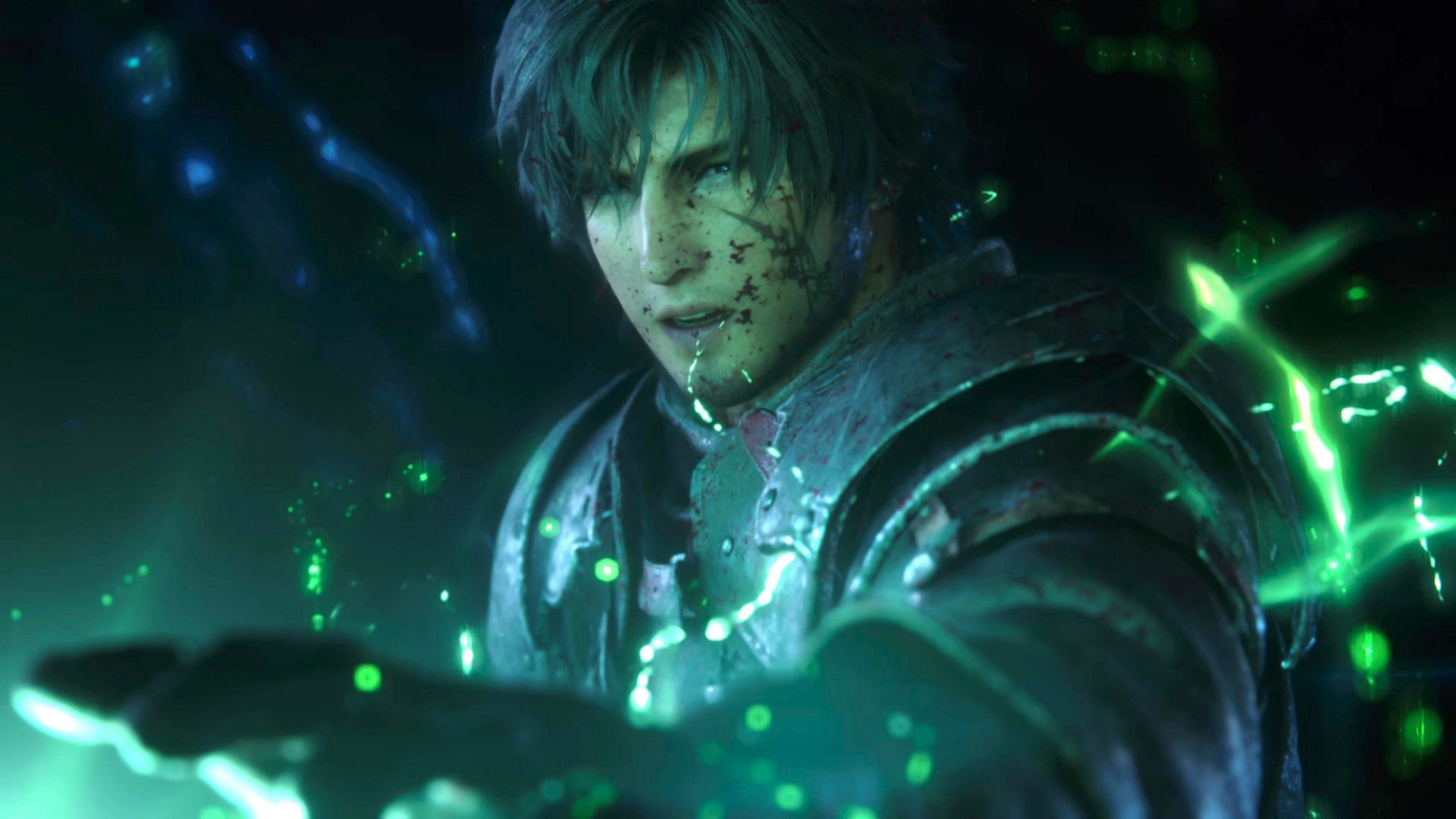
Frequently Asked Questions
Do I need to play previous Final Fantasy games before FF16?
You don’t need to play earlier Final Fantasy games before starting Final Fantasy XVI. The story is designed to be accessible, focusing on Clive Rosfield, Jill, and a brand new cast within a self-contained narrative. Longtime fans may catch subtle references, but newcomers are fully welcome.
How does FF16 differ from other action RPGs?
Final Fantasy XVI stands out with a Devil May Cry-inspired action-based battle system, combining real-time swordplay and eikonic abilities. Unlike most action RPGs, it emphasizes cinematic storytelling on PlayStation and PC, with customizable magicks and powers driving an immersive, single-character experience.
Are the gods and monsters based on real mythology?
Many of the gods and monsters in FF16, known as Eikons, are inspired by real-world mythology—Shiva and Garuda, for example. However, Square Enix reimagines these legendary creatures, blending mythological roots with unique traits to fit Final Fantasy’s iconic universe.

Leave a Reply